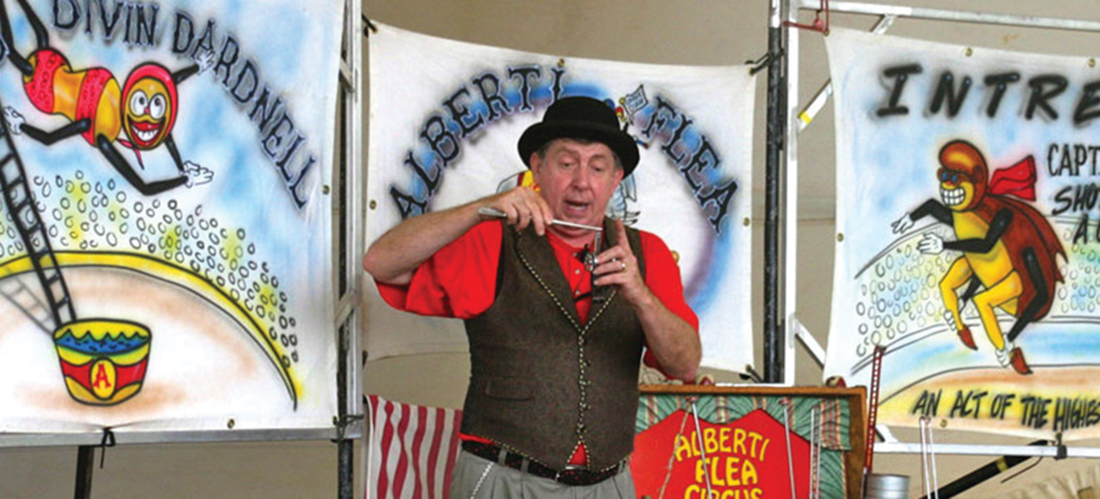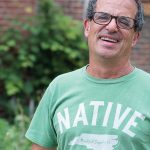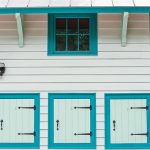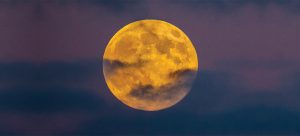
There’s more to The National Folk Festival than music
By Ogi Overman
The primary draw for the multicultural The National Folk Festival, held in downtown Greensboro September 9–11, is the lineup of eclectic, upper-echelon musical acts, but as festival-goers discovered last year, much of the event’s appeal was found off-stage. The talent and creativity that is on display between stages, in the streets and in the North Carolina Folklife Area (adjacent to the Melvin Municipal Office Building) adds exponentially to the sense of discovery and wonderment.
So, as folks meander from stage to stage, if they want the full Folk Festival experience, they are advised to pause at many of the exhibits, demonstrations, interactive displays, and even a couple of parades so as to soak it all in. We are the world in microcosm for three days — let’s explore as much of it as possible.
Below are a dozen of the between-stage delights that await.
• Alberti Flea Circus — Patrons of MerleFest will know this act — or at least their kids will — as they have been regulars there almost from its inception. The Winston-Salem–based troupe, headed by Jim Alberti, was founded and brought to the United States by his great-great uncle in the 1880s. The flea circus tradition dates back to 16th-century Europe, yet there are only a handful of performers keeping it alive today.
• Bouncing Bulldogs — This team of 140 youngsters ages 7–19 has won the World Jump Rope Championships for the past five years. Based in the Triangle, the group was founded in 1986 by Ray Frederick. This is serious stuff, as evidenced by the 200 other jumpers from age 4 and up on the waiting list who participate in the club program.
• Chankas of Peru — The Peruvian dance troupe carries on the ancient scissors dance, an acrobatic ritual dance indigenous to the southern Andes. The name “scissors dance” refers to a pair of polished iron rods held in the dancers’ right hands that add a percussive accompaniment to the intricate steps.
• Chico Simoes — This master puppeteer began studying the Brazilian art form in 1981, forming his own puppet theater in 1985, on his way to becoming an international goodwill ambassador. The Brazilian tradition can be traced to the Italian 16th-century commedia dell’arte, and this Portuguese native is one if its most notable practitioners.
• Dancing On Air Crew — At the heart of hip-hop culture is breakdancing — or “breaking” as it’s now known — and this crew of eight “b-boys” ages 17–26 rivals any troupe around. Hailing from Charleston, South Carolina, DOA has been drawing crowds throughout the Southeast since they formed in 2010.
• Echelman Sculpture — The centerpiece of LeBauer Park is the magnificent sculpture by the world-renowned Janet Echelman. All during the festival, volunteers will be underneath the colorful, tent-like piece, explaining what it represents and its significance as Greensboro’s signature artwork.
• Ethnic Cuisines and Cookery — This area features cooking demonstrations from chefs hailing from all parts of the globe. Many of them are first-generation Americans, providing a sensory link to the people and places they left behind. Expect to find such distinctive dishes as papaya salad from Laos, Egyptian koshary and Salvadoran corn tamales steamed in banana leaves, not to mention good ole’ North Carolina barbecue.
• Joe Bruchac — A Native American storyteller with a Ph.D in comparative literature, Bruchac has authored more than 120 works of both fiction and nonfiction, most centered around Native American themes. He is a member of the Abenaki, an Algonquin-speaking tribe from New England and Eastern Canada.
• Montagnard Weavers — One of the main attractions of the North Carolina Folklife Area will be these Vietnamese-Americans, many of whom settled in Greensboro after helping U.S. Armed Forces during the Vietnam War. They have been recognized the world over for their intricate and colorful silk designs and patterns, produced on the looms used by their ancestors.
• Paperhand Puppet Intervention — Opening the festival will be this contingent based in Saxapahaw, each carrying giant owls, green goddesses and dozens of other magical and mythical creatures. It is fun with a purpose, as its mission of celebrating humanity and “shifting the paradigm to more compassion and justice so people and the creatures we share the planet with can survive.”
• Steam Locomotives — Engineers from the North Carolina Railroad Company will drive at least two steam engines from the North Carolina Transportation Museum in Spencer, North Carolina, each restored to mint condition as they were in the 1800s. The locomotives will be on display on the tracks near the J. Douglas Galyon Depot and remain for the duration of the festival.
• UNCG Art Truck — Reminiscent of the old bookmobiles, students and professors at UNCG have created this eye-catching vehicle, full of various art exhibitions and projects. It was transformed from an 18-foot U-Haul truck into this mobile museum. OH





